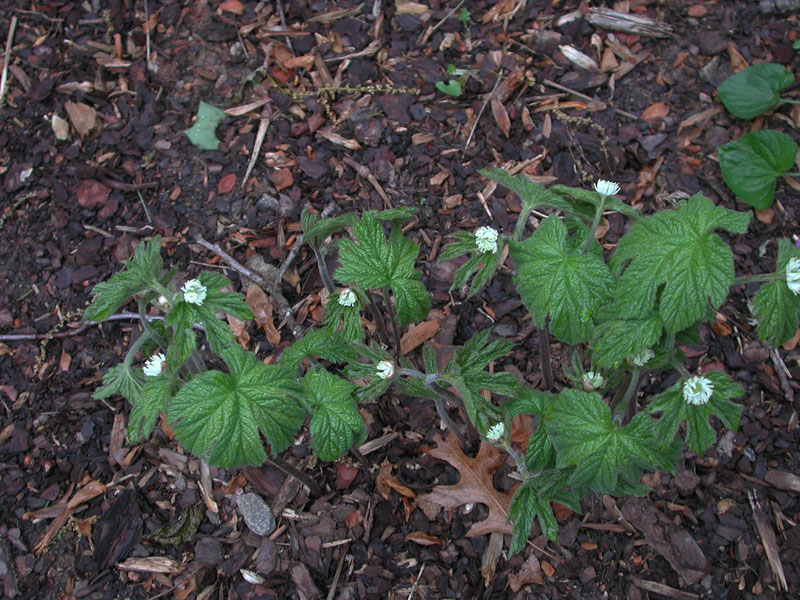
Did you know that one-third of all food produced never gets eaten? That’s about 1.3 billion tons of food lost and wasted.
At the same time, global hunger persists. A 2024 United Nations report found that as many as 2.33 billion people experienced moderate to severe food insecurity, meaning that they lacked access to sufficient or good-quality food.
Evidently, this hunger crisis is not occurring because of the lack of enough food in the global supply. In fact, there is more than enough food to feed every person in the world. So then, what is behind this global crisis?
In this series, we will focus on what causes this discrepancy: food loss and food waste.
What is the difference between food loss and food waste? What are the causes? How is it being addressed? These are all questions that we aim to answer in this series.
Food Loss vs. Food Waste
Though they may seem similar, food loss and food waste are actually two different terms. Food loss occurs when food is inevitably discarded before it even reaches consumers. Causes of food loss are often unavoidable, such as food crops being spoiled by pests before they can be harvested. In contrast, food waste occurs when edible food is disposed of, even when it is still fit for human consumption.
Food loss can be caused by several factors: inefficient harvesting equipment, pest infestations, crop disease outbreaks, or poor storage of produce. It is common in developing countries, where food supply is dependent on poor farmers who lack the equipment to properly process food.
In developed countries, the opposite is true. There is an excess of food produced, and companies at the end of the supply chain can afford to discard much of it based on minor flaws in appearance or harmless deficiencies in quality, like blemishes on fruit or misshapen vegetables.
According to the US Department of Agriculture, almost 30-40% of food is wasted in the US alone. Both food loss and food waste are rampant problems that the UN aims to address through the SDGs, or Sustainable Development Goals.
The SDGs of Food Loss and Food Waste
To combat the hunger crisis, the UN adopted SDGs 2 and 12.
SDG 2 hopes to minimize food loss by improving the resources available to poor countries and providing them with tools to improve their agricultural systems. It also aims to reduce other barriers to food security, such as lack of education, healthcare, and employment.
SDG 12 is aimed at preventing food waste, particularly among higher-income countries. The UN hopes to achieve this by establishing sustainable production and consumption processes and encouraging the use of more sustainable sources. They also seek to build less wasteful eating habits among consumers by encouraging them to decrease consumption and seek out sustainable food sources.
What’s to Come
Food loss and food waste are complex issues that involve a buildup of problems throughout the supply chain.
In this series, we will take a deep dive into the causes, impact on society, the food cycle, and actions that individuals and the government can take to stop the hunger crisis.
